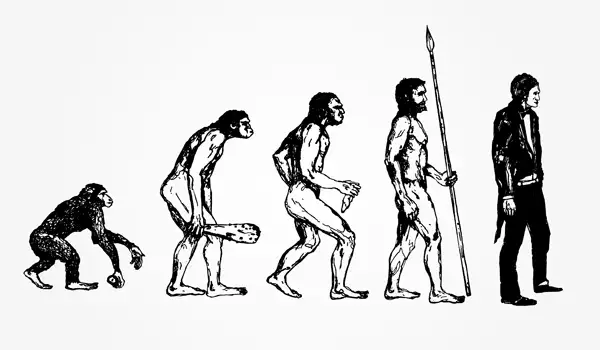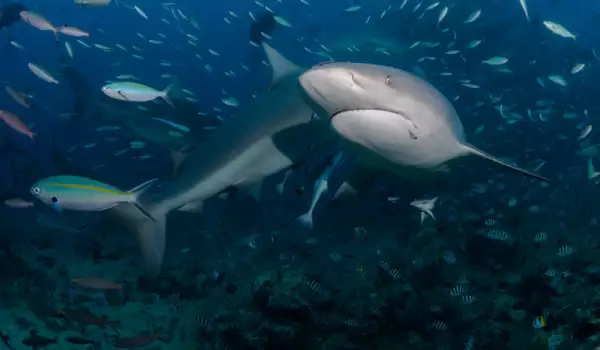Why don't humans have tails? The recently discovered fossilized remains of a fish, living 350 million years ago in the prehistoric seas, shed new light on this question and human evolution in general.
Scientists believe that a detailed analysis of the fish that has been frozen in time for millions of years can reveal the method by which tails in fish, reptiles, birds and mammals have evolved. Initial data indicates that some of the first creatures on Earth all had a tail that was identical in structure.
According to scientists, this explains why humans have a tailbone, as well as why we lose our fleshy embryonic tails while developing in the womb. Humans lose their tail after the 4th week of embryonic development, leaving only the tailbone as any evidence of its existence.
New research indicates that the rudimentary tails that we have in the initial stages of our development are the same in structure and form as those of our first quadruped ancestors, which came out of the oceans 340 million years ago.
In the beginning of 2016, a group of paleontologists came upon a perfectly preserved tail in Scotland from one of the earliest fish to swim in the seas - Aetheretmon. After a thorough analysis of the find, the scientists learned that these tiny animals possessed 2 tails - a low-lying fleshy tail and a bony protrusion above it, similar to a human's.
In older specimens, scientists found that over time the 2 growths merged together into an asymmetric tail, with a hard upper part and a soft and flexible lower part.

Researchers hypothesize that most embryos, whether they be human, fish or reptilian, have a similar tail structure. But this ancient type of tail was rejected by evolution about 200 million years ago. The structure of fish tails remains the closest thing to them, while in other vertebrates, one part completely disappeared and they were left with only the tailbone.
In humans specifically, our upright way of walking provided additional incentive for evolution to get rid of the tail outright.









